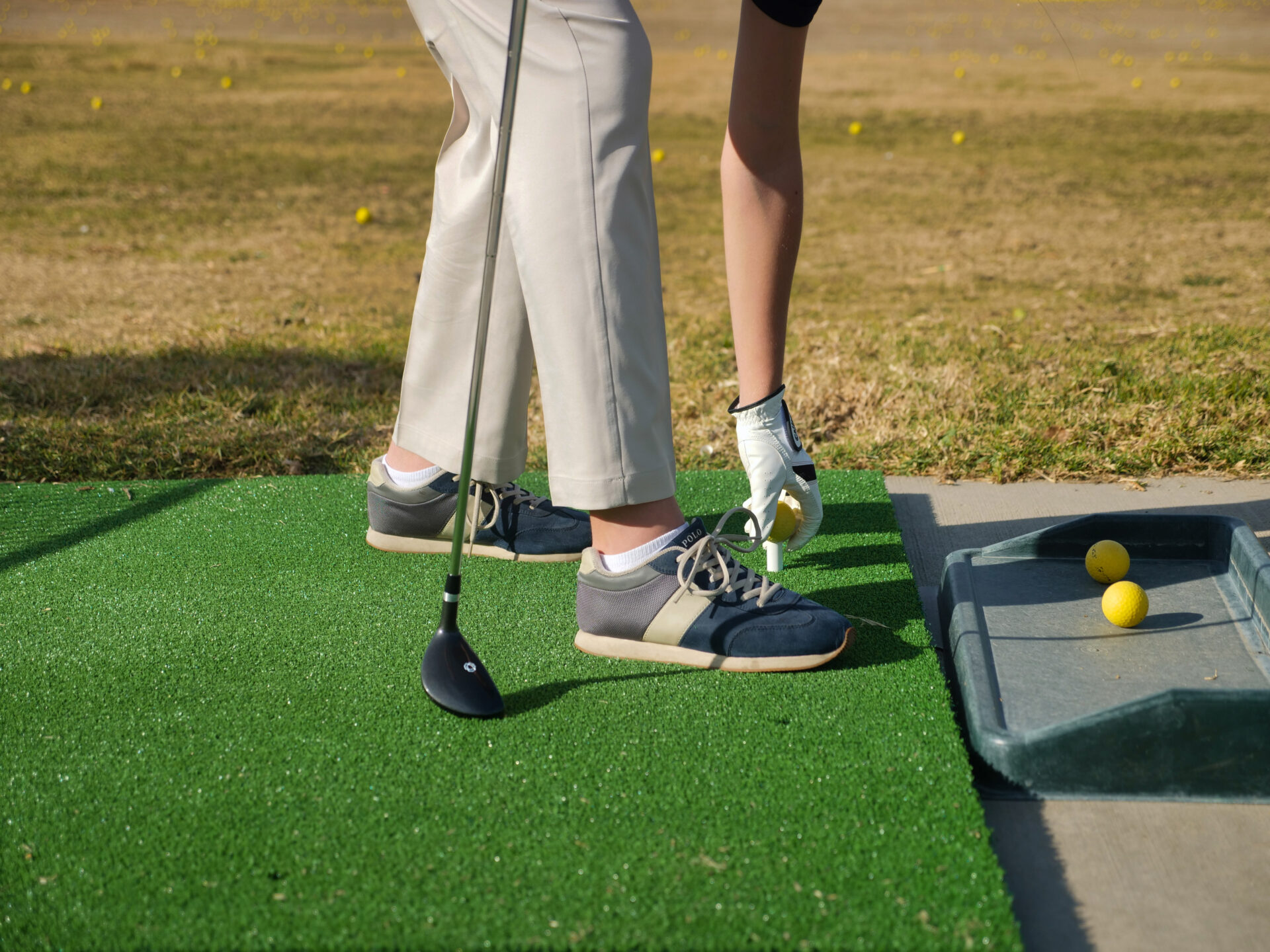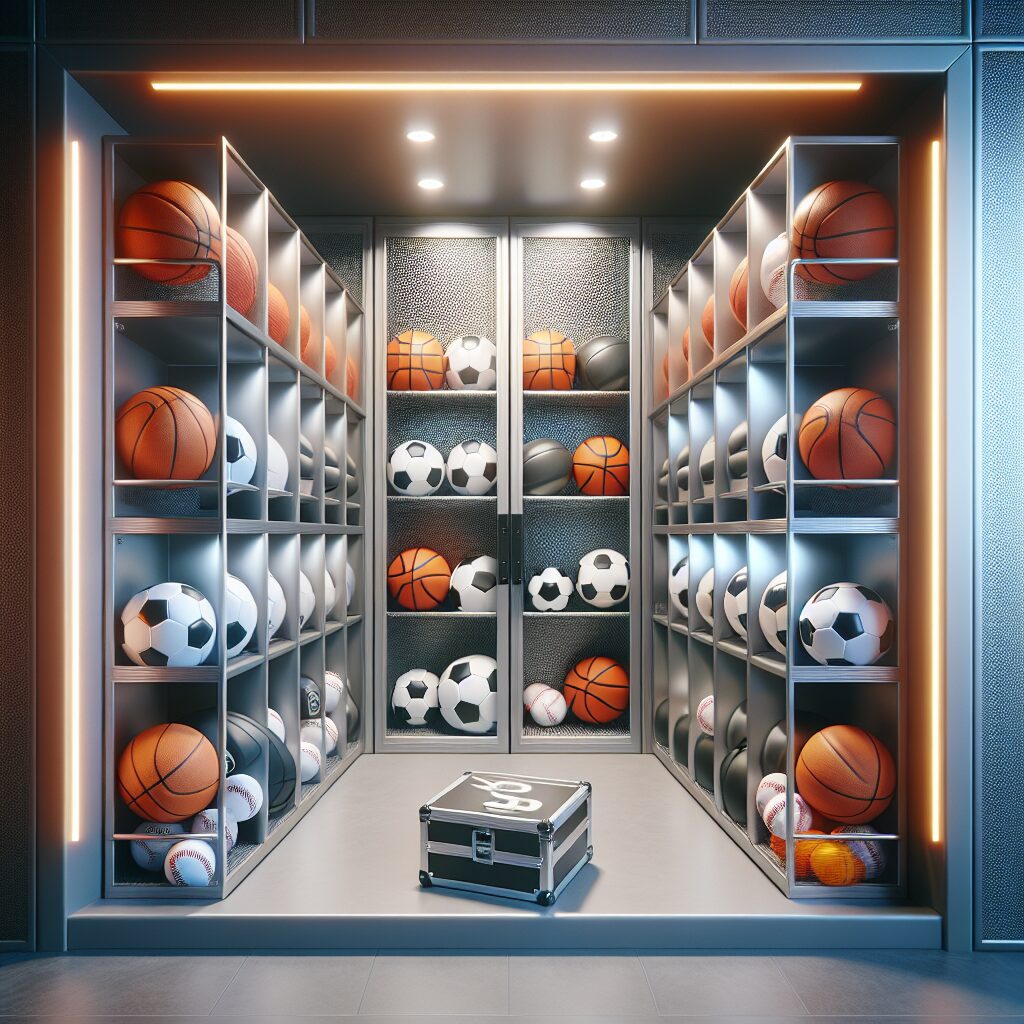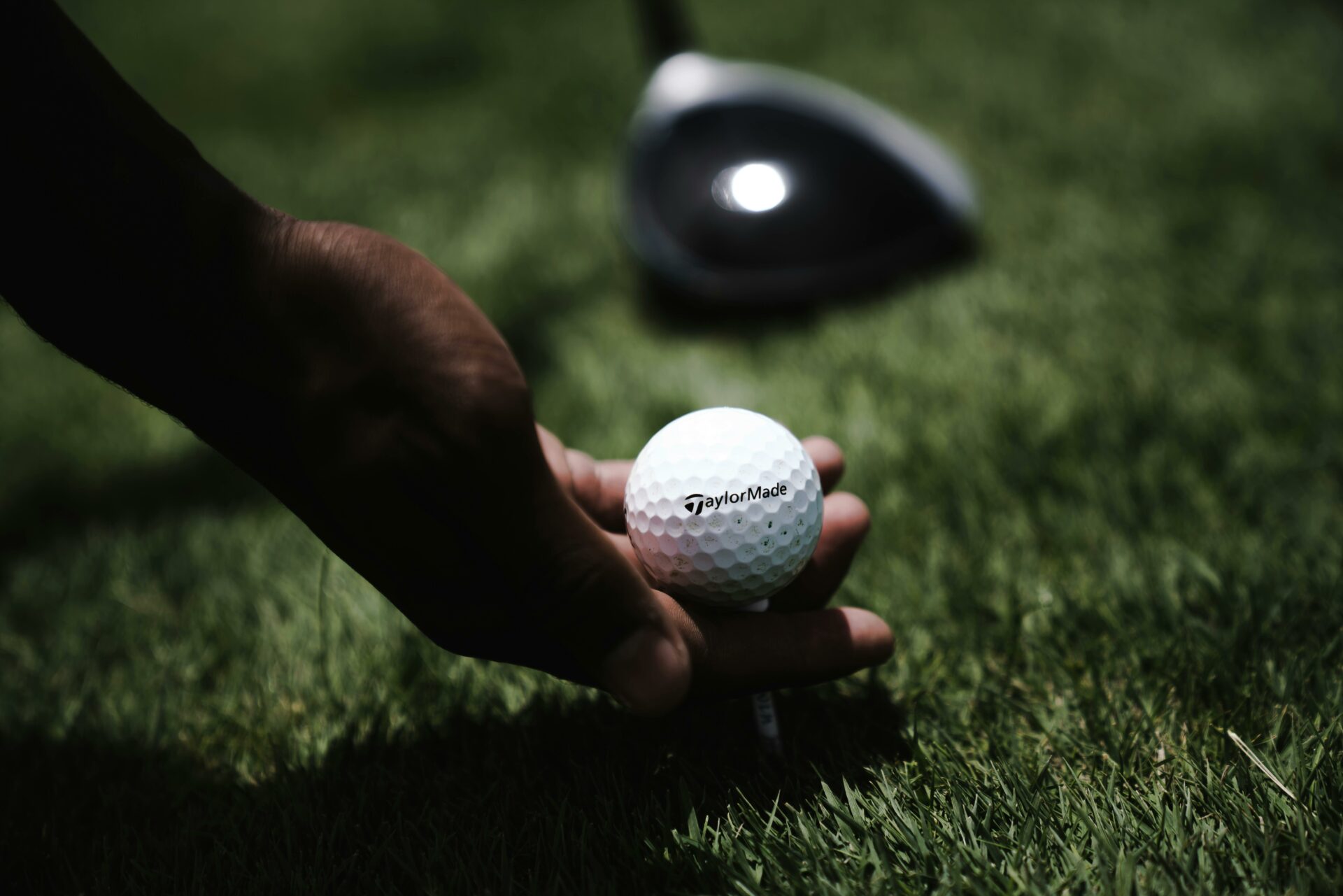Do range balls go shorter? This is a question that many golfers ask themselves when they play on a driving range. Range balls are specially designed to be used only on the driving range, and they are often made of cheaper materials than regular golf balls. As such, many players worry that they will not travel as far or even bounce differently than regular golf balls. In this article, we will explore the differences between range balls and regular golf balls, as well as investigate whether or not range balls go shorter.Range balls go shorter due to a combination of factors. The most common reason is that range balls are constructed with a softer core than normal golf balls, which causes them to compress more when struck, resulting in less distance. Additionally, range balls are often made with thinner covers and are designed to spin less than standard golf balls, which also reduces the distance they travel when hit. Finally, range balls are typically used more than regular golf balls, meaning they can become scuffed or worn down over time, further reducing their distance.
What Affects the Distance of Range Balls?
There are several factors that can influence the distance of golf range balls. The most important factor is the quality of the balls themselves. Golf range balls are usually made from a softer, lower-compression material than traditional golf balls, and this can affect the distance they travel when hit. In addition, the size and shape of the ball can also affect how far it goes when hit off a tee or from the fairway. Additionally, weather conditions such as wind speed and temperature can also play a role in how far a golf range ball travels. Finally, the player’s swing speed and technique can have an impact on how far a ball goes when hit off a tee or fairway. All these factors combine to determine how far a golf range ball will travel when struck.
In order to maximize distance with range balls, players should make sure they are using quality balls that are designed for maximum distance. Additionally, they should consider their swing speed and technique and adjust accordingly in order to optimize their performance with range balls. Finally, players should pay attention to weather conditions such as wind speed and temperature in order to ensure that their shots will go as far as possible when striking a range ball off a tee or fairway. By taking all these factors into account, players should be able to maximize their overall performance with range balls.
Advantages of Using Range Balls
Range balls are a great way to improve your golf game, and they offer many advantages. Range balls are specifically designed to fly farther and be more accurate than traditional golf balls. They also offer a much more consistent flight path than regular golf balls, making it easier to practice your swing without worrying about the ball going too far or not far enough. Additionally, range balls provide a more realistic experience for practicing on the range since they travel at a faster speed and have a harder feel when struck. Furthermore, range balls are much cheaper than regular golf balls, making them an ideal choice for those on a budget.
Range balls also provide better visibility in low-light conditions, making it easier to track your shots on the driving range or putting green. Additionally, range balls come in different colors and sizes so you can easily identify which ball you’re playing with. Finally, range balls are generally more durable than traditional golf balls; they won’t crack or chip if you hit them off the tee too hard or if they come into contact with other objects on the course.
Poor Quality of the Range Balls
One of the main reasons why range balls may go shorter is due to the poor quality of the balls. Range balls are generally cheaper than regular golf balls and often lack the same durability and construction as a regular golf ball. The cover of a range ball is typically made from a softer material which can lead to more spin and reduced distance compared to a regular golf ball. Furthermore, range balls can be subject to greater wear and tear over time, causing them to become less effective and shorter in distance.
Incorrect Swing Speed
Another reason why range balls may go shorter is due to an incorrect swing speed. In order for a golf ball to achieve maximum distance, it must be struck with an optimal swing speed. If the swing speed is too slow, then it will not achieve its full potential distance, resulting in a shorter ball flight. On the other hand, if the swing speed is too fast then it can cause an early release of the club face which will again result in a shorter ball flight.
Poor Launch Conditions
Finally, poor launch conditions can also lead to shorter range balls. Poor launch conditions are usually caused by incorrect setup or alignment at address or incorrect club selection for certain shots. For example, if you use a driver on approach shots then this could cause your ball to launch too high with too much backspin resulting in shorter distances than usual. Therefore, it is important to select the correct club for each shot and make sure your setup and alignment are correct in order for you to achieve maximum distance with your range balls.
Is It Possible to Improve the Distance of Range Balls?
The answer is yes, it is possible to improve the distance of range balls. Improvements in distance can be made through a variety of methods, including optimizing ball design, adjusting club and ball weight, and adjusting ball spin.
Ball design is a major factor when it comes to range ball performance. The shape, size, and material used in the construction of a golf ball can affect its flight path and distance. Professional golfers use specialized balls designed to maximize their performance on the course. By utilizing a better designed golf ball, amateur players can also gain more distance off the tee.
The weight of both your club and your golf balls can also affect your distance. Choosing lighter clubs such as graphite or titanium will allow you to swing faster and generate more force with each shot. Lighter golf balls will also travel further when hit with the same power as their heavier counterparts.
Finally, adjusting your ball spin can help increase your distance as well. Spin affects how far a golf ball travels in two ways: it helps reduce air resistance which increases maximum speed, and it also increases lift which helps keep the ball in the air longer for greater distances. Properly controlling spin rate requires practice but can offer significant gains in terms of overall distance.
In conclusion, improving the distance of range balls is possible through several methods such as optimizing ball design, adjusting club and ball weight, and adjusting spin rate. With practice and dedication players should be able to see improvements in their overall performance on the course.

Factors That Influence the Distance of Range Balls
The distance a range ball can travel is affected by various factors, such as the type of club used, the swing speed, and the angle of attack. The type of club used will affect how far the ball will travel, as some clubs are designed to hit farther than others. Swing speed and angle of attack also play a major role in determining how far a range ball will travel. A faster swing speed with a greater angle of attack will result in a longer distance for the range ball. Additionally, the surface on which the ball is hit can also affect its distance. A softer surface like grass or sand will cause the ball to roll further than if it was hit on a harder surface like concrete or asphalt. Furthermore, wind velocity can have an effect on how far a range ball travels. A strong headwind will cause greater resistance to the ball and reduce its distance while a tailwind can help carry it further. Finally, environmental conditions such as humidity and temperature can affect how far a range ball travels as well. High humidity levels make it more difficult for balls to penetrate through air while low temperatures allow them to travel farther distances.
In conclusion, several factors play an important role in determining how far a range ball travels including type of club used, swing speed, angle of attack, surface on which it is hit, wind velocity, humidity levels and temperature conditions. By understanding these variables golfers can adjust their technique accordingly to maximize their distance off the tee and improve their overall game.
The Impact of Environmental Conditions on Range Ball Distance
When golfers are practicing at the driving range, they are typically trying to hit the ball as far as possible. But how far a ball can travel in a given situation is largely determined by environmental factors such as air temperature, wind speed, and humidity. As these conditions change, so too will the distance of a golf shot.
Temperature has a direct effect on range ball distance. In cooler temperatures, the air density is higher and the ball will not travel as far. However, if you are playing in warmer temperatures, the air density will be lower and you can expect to see an increase in range ball distance. It is important to note that this difference can be quite significant – up to 20% or more depending on the conditions.
Humidity also affects range ball distance. When it is humid out, there is more water vapor in the air which makes it harder for the ball to travel as far. But in drier conditions, there will be less resistance from the air and your shots could go further than usual. Again, this difference can be noticeable – up to 10% or more depending on conditions.
Wind speed also has an impact on range ball distance because it can affect how much drag is placed on the golf ball while it’s in flight. If you are playing with a headwind or tailwind, you can expect your shots to travel shorter or longer distances respectively than they would if there was no wind at all.
Finally, altitude can play an important role when it comes to range ball distance. At higher altitudes, there is less air pressure which means that balls can travel further than they would if you were playing at sea level or near sea level (such as most driving ranges). This difference in distance can be up to 10-15% depending on elevation levels and other environmental factors such as temperature and humidity.
In conclusion, environmental conditions like temperature, humidity, wind speed and altitude all have an effect on range ball distance when practicing at a driving range. Understanding these factors will help you become a better golfer by allowing you to adjust your game accordingly depending on where you’re playing and what kind of weather conditions exist at that moment in time.
The Benefits of Using Range Balls for Practice
Range balls are a great way to practice your golf game without having to go out and buy a full set of golf balls. They are typically a bit cheaper than regular golf balls and offer the same performance in terms of flight, spin, and distance. Plus, they last much longer than regular golf balls, so you can get more out of each practice session. Range balls also provide a great way to practice different shots without fear of losing your ball due to mis-hits or errant shots. Here are some of the benefits of using range balls for practice:
First, range balls are generally cheaper than normal golf balls which makes them an ideal choice for practicing on a budget. They also last much longer, allowing you to get more use out of them before having to replace them. This is especially helpful if you’re just starting out and don’t have the funds to purchase a full set of golf balls.
Second, range balls allow you the opportunity to practice different shots without fear of losing your ball due to mis-hit shots or errant shots. With regular golf balls, you might be reluctant to try new things because if you hit it wrong or it goes too far away from where it was supposed to land, then you might have lost your ball entirely. With range balls, however, this isn’t an issue because they’re much easier to find after they’ve been hit.
Finally, range balls provide an excellent way for experienced players and beginners alike to work on their game without having to purchase expensive equipment or take lessons from a professional instructor. Range balls can help players hone their skills and develop their game in ways that would otherwise be impossible with regular golf equipment.
In short, range balls offer an affordable and effective way for anyone looking to improve their game. Whether you’re just starting out or already an experienced player looking for ways to improve your swing, range balls can help you reach your goals with relative ease and at minimal cost.

Conclusion
Range balls are a great way to practice your golf game at home. With a range ball, you can get an accurate representation of how far each shot will go and work on improving your accuracy. By using range balls, you can practice more frequently and become a better golfer. Although range balls do not go as far as regular golf balls, they still provide enough distance for most players to practice their shots and develop their skills. Range balls can be a great way to save money while still getting the practice necessary for improvement.
Overall, range balls are a great option for golfers of all skill levels who want to improve their game without spending a lot of money on expensive golf equipment. With the right technique and regular practice with range balls, players can improve their accuracy and distance while also saving money in the process.




